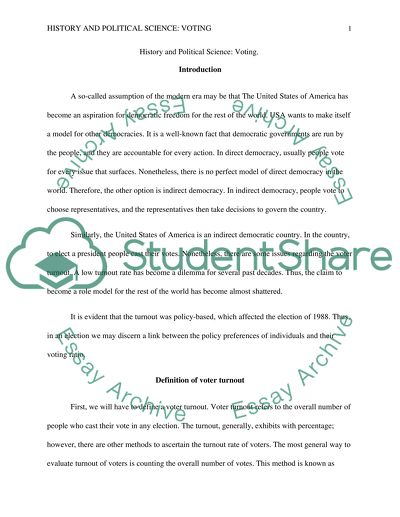Cite this document
(“Voting Essay Example | Topics and Well Written Essays - 2000 words”, n.d.)
Voting Essay Example | Topics and Well Written Essays - 2000 words. Retrieved from https://studentshare.org/history/1479341-voting
Voting Essay Example | Topics and Well Written Essays - 2000 words. Retrieved from https://studentshare.org/history/1479341-voting
(Voting Essay Example | Topics and Well Written Essays - 2000 Words)
Voting Essay Example | Topics and Well Written Essays - 2000 Words. https://studentshare.org/history/1479341-voting.
Voting Essay Example | Topics and Well Written Essays - 2000 Words. https://studentshare.org/history/1479341-voting.
“Voting Essay Example | Topics and Well Written Essays - 2000 Words”, n.d. https://studentshare.org/history/1479341-voting.


